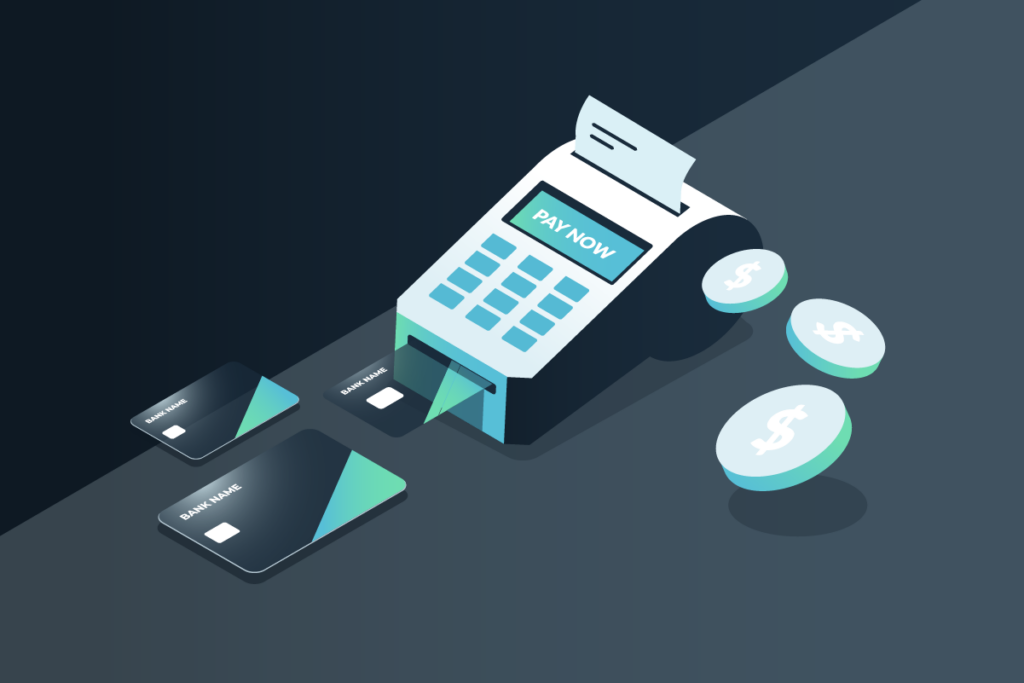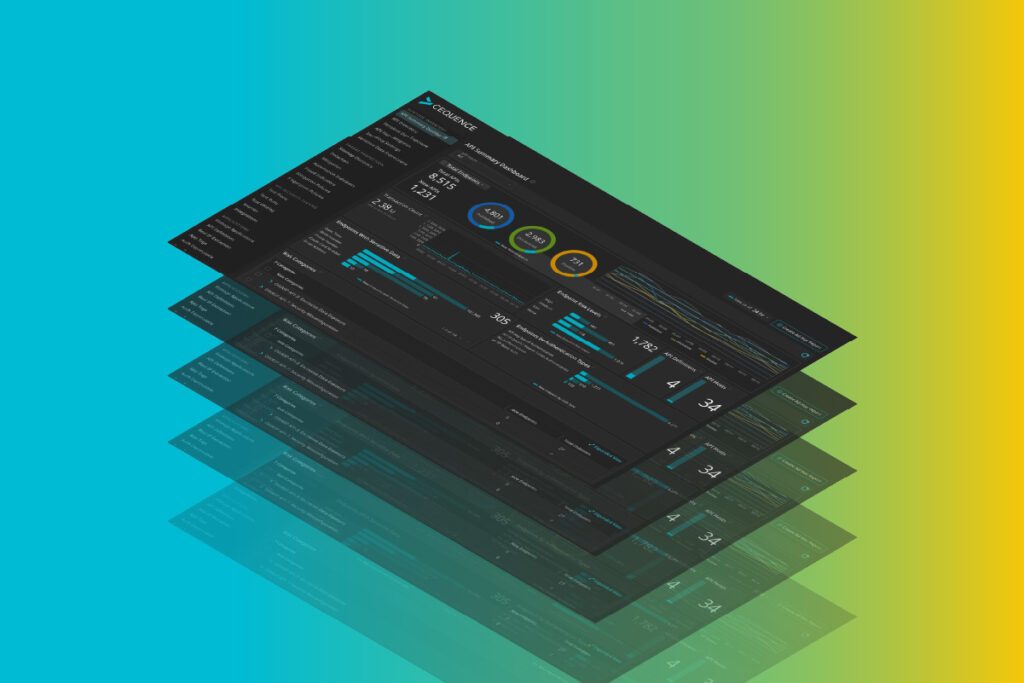What is Bot Management?
Bot management is the process of detecting bots, which are purpose-built software designed to automate and scale certain tasks, determining whether they are malicious, and then mitigating undesired bots to prevent negative effects on the business. Cyberattacks are the most critical negative effect of malicious bots which can cause downtime, brand damage, skewed sales analytics, and increased infrastructure costs.
Bot Management: Protecting Your Business from Automated Attacks
Bots are software designed to automate and scale certain tasks that would normally be performed manually by a human. There is a wide range of bot behaviors – some good, like search engine crawlers that catalog websites so that they show up in search results, and some bad, like malicious bots designed to harvest email addresses and account information for nefarious purposes. While bots have been around almost as long as the internet itself, they continue to get more sophisticated and better at emulating human behavior in an effort to evade detection, and effective bot management has become a necessity.
The process of distinguishing bots from humans, sorting good bots from bad, and mitigating malicious bots is what the security industry calls “bot management.” This article will discuss bot management in depth centered around the following themes:
- Impacts of Malicious Bots
- Bot Management and API Security
- Traditional Bot Mitigation Techniques
- Effective Bot Management Solution Requirements
- Bot Management and AI
- Getting Started with Bot Management
Why is Bot Management Needed? Impacts of Malicious Bots
Bots are simply the vehicle for automated attacks, so organizations may not immediately know they have a bot problem. For example, if user accounts are being taken over by bad actors, it may not be immediately apparent that bots are being used to do so at scale. Without a bot management solution in place to detect attacks and identify associated bots, manual investigation is needed to determine if it’s a full-scale bot attack.
What Do Malicious Bots Target?
It is important to understand the potential targets for attackers and their bots. Web and mobile applications are the most obvious, but the proliferation of APIs and the fact that they often provide access to sensitive data make them a compelling target as well. APIs are typically not as visible to security teams since they have no graphical user interface, so they may not be as well protected as traditional web applications.
How Can Bad Bots Harm Your Business?
There are broad potential impacts of malicious bots, including direct business impacts such as fraud or sensitive data exposure, as well as indirect impacts such as regulatory implications.
Business impacts of malicious bots include:
-
Loss of revenue
Malicious bots are often designed to steal goods or money, and when successful can dramatically impact the bottom line
-
Skewed marketing and sales analytics
Bots browse websites and attempt to buy products just like real users, so if they’re not identified and separated from legitimate traffic, they can skew metrics for website traffic and even ecommerce sales.
-
Regulatory impacts
Regulations such as PCI DSS and HIPAA require systems that process Personal Identifiable Information (PII) to be compliant and protect consumers against fraud and privacy violations, and protecting those systems against bots falls under these and other regulations.
-
Infrastructure overload and increased infrastructure costs
High-volume bot traffic can overload infrastructure, slow web response times, cause site downtime, and increase costs for elastic infrastructure.
-
Brand and reputation damage
Malicious bots can take over user accounts, prevent legitimate customers from buying limited-edition items, and more, reflecting poorly on the company, frustrating customers, and causing brand damage.
Malicious bots can be created to perform almost any attack a human can, but faster and at much higher volume. Many of these use cases are enabled by business logic abuse, which appear as valid user interactions. These types of abuse are exceedingly difficult to identify because the bot exploits intended app or API functionality. Common bot attack types include:
-
Account takeover (ATO) –
Using stolen credentials to gain unauthorized access to legitimate user accounts
-
Sensitive data exposure –
Gathering sensitive data unintentionally exposed by applications and APIs
-
Credential stuffing –
Using stolen, legitimate credentials to access services
-
Flash sales, hype sales, and ticket scalping –
Mass purchasing high-demand products quickly for resale, or “jumping the line” to hoard products and deny legitimate customers
-
Content scraping/IP theft –
Harvesting sensitive data for resale, ransom, or other nefarious purposes
-
Gift card/loyalty program abuse –
Brute-forcing card object (card number, owner name, PIN, etc.) combinations to find valid gift cards or loyalty program details
-
Fake account creation –
mass creation of accounts from fake or stolen user identity information
-
SIM Swapping –
A type of account takeover specific to cell phones that compromises user accounts with unauthorized SIM swaps
Key Requirements for an Effective Bot Management Solution
Adversaries continue to increase the sophistication of their attacks, graduating from basic site-scraping bots to sophisticated custom attack platforms. Solutions to match their sophistication can’t rely on IP reputation and JavaScript approaches – what’s needed is a multi-dimensional bot detection and mitigation strategy that is able to protect all applications and APIs and maintain effectiveness as adversaries retool to evade detection.
Effective Bot Management Solution Requirements
An effective bot management solution can protect your business from automated, malicious attacks. To be successful, bot management solutions must:
- Accurately identify bots separately from human traffic
- Analyze bot behavior to distinguish “good” bots from malicious bots
- Create a “fingerprint” for bots that combines behavior, IP address reputation, and user agent (e.g., web browser type and version)
- Use bot fingerprints to track them through their journey even if attackers change tactics such as changing IP addresses
- Offer a variety of mitigation options for malicious bots to meet the needs of your business
Effective bot management solutions deliver the following:
- Implement rapidly and support a variety of deployment options to meet customer needs
- Immediately effective upon deployment without requiring days or weeks of tuning and baselining
- Protect applications and APIs without requiring code-level integrations such as CAPTCHAs or infrastructure changes
- Provide coverage for web and mobile applications as well as those for cloud- and microservices-based architectures
- Intelligently identify behavioral anomalies and evolve with attacks
- Agile, responsive, and resilient to adversary re-tooling in real time
- Offer broad, native mitigation options such as blocking, logging, and deception
The Relationship Between Bot Management and API Security
Digital transformation has elicited significant changes in infrastructure over the past decade. Traditional monolithic web and mobile applications have been restructured into microservices that operate primarily through APIs, complemented by the rise of cloud environments like Azure, Amazon Web Services (AWS), and Google Cloud Platform (GCP). Businesses have gained dramatically increased flexibility and scalability through these transformations as well as enhanced website performance and reduced downtime. However, this fracturing of infrastructure has increased the potential attack surface while decreasing visibility for security and IT teams.
APIs have become the primary means for applications to interact, both internally and between organizations. Their simplicity, flexibility, and speed facilitate easier data integration and sharing among applications but also allow attackers to easily orchestrate large-scale automated assaults using networks of malicious bots. Traditional bot management solutions typically require JavaScript to be added to web applications and SDKs for mobile apps. APIs can’t be instrumented that way, so they’re left unprotected. Organizations need to ensure that they can protect both their applications as well as APIs from malicious bots.
Limitations of Traditional Bot Management Techniques
Traditional bot management solutions have been somewhat effective but are not without their drawbacks. Malicious bot identification is more difficult than it has ever been, and sophisticated threat actors continually improve their methods to improve their attack success rate. In addition to the detection difficulty of attacks that abuse business logic, so-called “low and slow” attacks that are low volume and spread out over time are also difficult for traditional bot management solutions to detect and prevent.
- IP reputation-based bot management
- Solutions such as Web Application Firewalls (WAF) and CDNs with bot protection capabilities often leverage IP address reputation for bot defense, examining the history of the IP address and categorizing it as good or bad. However, attackers can easily spread attacks across large numbers of IP addresses with clean reputations, such as hijacked residential IPs, making this solution inadequate.
- JavaScript-based/challenge approach
- Another bot mitigation technique requires integrating JavaScript or SDKs into web pages, applications, and mobile applications. CAPTCHA systems are widely used but they have several drawbacks. They significantly impact the user experience and require development and QA effort to implement and test. Critically, JavaScript-based approaches do not directly support APIs, leaving this vital infrastructure unprotected.
Bot Management and AI
As AI advancements continue to transform the cybersecurity landscape, the need for strengthened cybersecurity measures in bot management becomes increasingly important. A recent development poised to shake up the bot world both from an attacker’s and a defender’s standpoint is the increased use of machine learning (ML) and artificial intelligence (AI). Large language models (LLM) make it easier and faster to create purpose-built bots and are likely to pose challenges that are as yet unknown. There are already AI models that claim to defeat CAPTCHAs with 100% accuracy, likely kicking off a new cat-and-mouse game as the bot management solutions that rely on JavaScript challenge-based approaches struggle to stay ahead of attackers.
The best bot management solutions rely on ML models to improve bot detection, whether they’re part of loud, brute force-style attacks or quieter slow-and-low attacks that were previously extremely difficult to detect. ML can also be used to automatically classify threats, improve the accuracy of sensitive data detection, and even autonomously create bespoke policies to automatically mitigate new attacks. If you’re interested in the intersection of AI and enterprise security, we’ve written a blog about GenAI.
The Modern Bot Management Solution: How to Get Started with Cequence
Traditional bot management solutions have proven daunting to implement, especially if they require application modification through JavaScript or mobile SDK integration. This approach also means that only modified applications are afforded any coverage. Cequence is the modern solution. Compared to traditional approaches, Cequence can be deployed via SaaS without needing to modify your applications, dramatically simplifying onboarding and streamlining the number of departments and subject matter experts that are required. Cequence deployments enable customers to first see the detected malicious traffic that would be blocked before later transitioning to an active mode where blocking or other customer-chosen mitigation occurs.
Cequence offers a unique approach to bot management that is easy to deploy, provides rapid time to value, and is highly effective. If you’d like to learn more, contact us and let Cequence show you how we can address bots in your unique situation.





